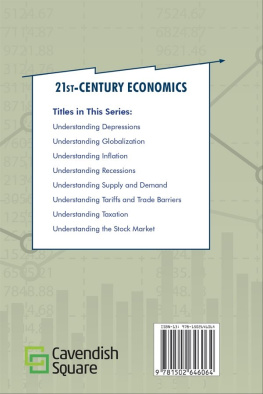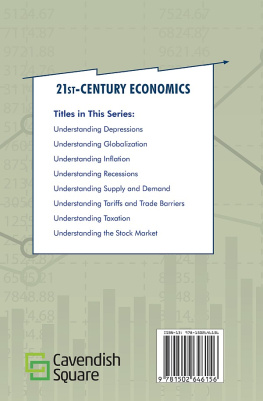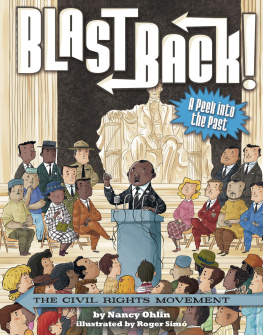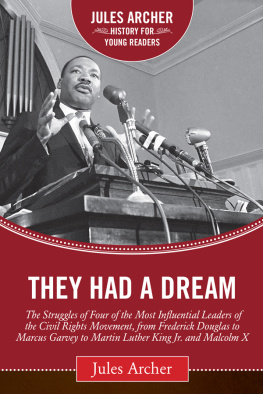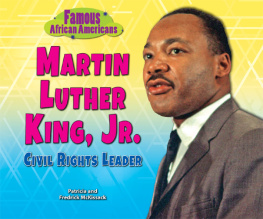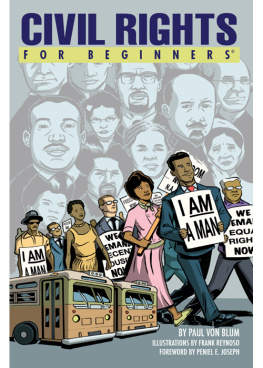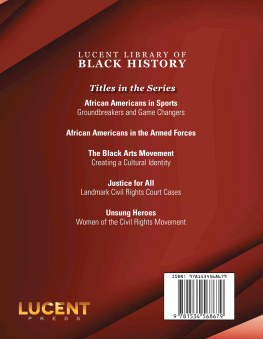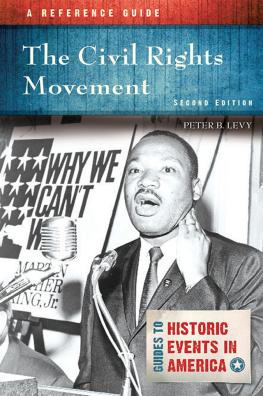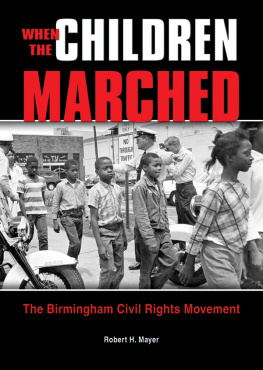
Published in 2020 by Cavendish Square Publishing, LLC
243 5th Avenue, Suite 136, New York, NY 10016
Copyright 2020 by Cavendish Square Publishing, LLC
First Edition
No part of this publication may be reproduced, stored in a retrieval system, or transmitted in any form or by any meanselectronic, mechanical, photocopying, recording, or otherwisewithout the prior permission of the copyright owner. Request for permission should be addressed to Permissions, Cavendish Square Publishing, 243 5th Avenue,
Suite 136, New York, NY 10016. Tel (877) 980-4450; fax (877) 980-4454.
Website: cavendishsq.com
This publication represents the opinions and views of the author based on his or her personal experience, knowledge, and research. The information in this book serves as a general guide only. The author and publisher have used their best efforts in preparing this book and disclaim liability rising directly or indirectly from the use and application of this book.
All websites were available and accurate when this book was sent to press.
Library of Congress Cataloging-in-Publication Data
Names: Sebree, Chetla, author. | Sirimarco, Elizabeth, 1966- author.
Title: Historical Sources on the Civil Rights Movement / Chetla Sebree and Elizabeth Sirimarco.
Description: First edition. | New York : Cavendish Square, 2020. |
Series: Americas story | Includes bibliographical references and index.
Identifiers: LCCN 2018031741 (print) | LCCN 2018036841 (ebook) |
ISBN 9781502640918 (ebook) | ISBN 9781502640901 (library bound) | ISBN 9781502640895 (pbk.)
Subjects: LCSH: African Americans--Civil rights--Juvenile literature. |
African Americans--Civil rights--Sources--Juvenile literature. |
Civil rights movements--United StatesJuvenile literature. |
Civil rights movements--United States--SourcesJuvenile literature. |
United States--Race relations--Juvenile literature. |
United States--Race relations--SourcesJuvenile literature.
Classification: LCC E185.61 (ebook) | LCC E185.61 .S399 2019 (print) | DDC 323.1196/073--dc23
LC record available at https://lccn.loc.gov/2018031741
Editorial Director: David McNamara
Copy Editor: Nathan Heidelberger
Associate Art Director: Alan Sliwinski
Designer: Christina Shults
Production Coordinator: Karol Szymczuk
Photo Research: J8 Media
The photographs in this book are used by permission and through the courtesy of:
Mondadori Portfolio/Getty Images.
Printed in the United States of America
CONTENTS

In June 1963, over one hundred thousand people marched in the Detroit Walk to Freedom. At the event, Martin Luther King Jr. delivered an early version of his I Have a Dream speech.
Primary Sources
I n the pages that follow, you will hear from many different people from a time in Americas past. These selections will vary in length. Some are long, and others are short. Youll find many easy to understand at first reading, but some may require several readings. All the selections have one thing in common, however. They are primary sources. They are important to us because they are the core material for all historical investigation.
What Is a Primary Source?
The term primary source is the name historians give to the information that makes up the record of human existence. A primary source is history itself. Primary sources are evidence. They give historians the all-important clues they need to understand the past.
Perhaps you have read a detective story in which an investigator has to solve a mystery by piecing together bits of evidence that he or she uncovers. The detective makes deductions, or educated guesses based on the evidence, and solves the mystery once all the deductions point in a certain direction. Historians work in much the same way. Like detectives, they analyze data through careful reading and rereading. After much analysis, they draw conclusions about an event, a person, or an entire era. Different historians may analyze the same evidence and come to different conclusions. That is why there is often strong disagreement about an event.
Primary sources are also called documents. It is a rather dry word to describe what can be just about anything: an official speech by a government leader, an old map, an act of Congress, a letter, a diary entry, a newspaper article, a song, a poster, a cartoon, a photograph, or someone captured on tape or film.
By examining the following primary sources, you will be taking on the role of historian. Here is a chance to jump into an important era of US historythe civil rights movement. You will come to know the stories of the men and women who lived through this challenging period. You will read the words of the movements leaders and of ordinary citizens, of activists and journalists and protesters.
How to Read a Primary Source
Each document in this book deals with the civil rights movement. Some of the documents are from government archives such as presidential libraries. Others are from the writings and speeches of major figures in the movement, such as Ida B. Wells and W. E. B. Du Bois, Thurgood Marshall and Fannie Lou Hamer, Martin Luther King Jr. and Malcolm X. Other documents are taken from memoirs and newspaper articles. All of the documents, major and minor, help us to understand what it was like to live during the civil rights movement.
The selections you will read may be difficult to understand at first. There will be a variety of styles, from very formal to quite informal. Dont be afraid. Interpreting these kinds of documents is exactly the sort of work a historian does.
As you read each document, ask yourself some basic questions. Who is writing or speaking? Who is that persons intended audience? What is he or she trying to tell the audience? Is the message clearly expressed or is it implied, or stated indirectly? What words does the writer use to convey his or her message? Are the words emotional or neutral in tone? These are questions that can help you think critically about a primary source.
There are also some tools in each chapter to help you unpack these documents. Some terms and concepts you may not be familiar with have been explained in sidebars. Also, questions follow each of the documents to help you focus and think through the primary source you have just read. As you read each selection, youll probably come up with many questions of your own. Thats great! The work of a historian always leads to many, many questions. Some can be answered, while others will require more investigation.

Racial inequality in the United States dates back to slavery, which began in 1619 in the British colonies.
INTRODUCTION
The Long Struggle
I n 1619, twenty Africans were brought to the British settlement of Jamestown, Virginia. These Africans would be the first sold into slavery in colonial America. Over
the next 250 years, hundreds of thousands would follow. These Africans did not come by choice. Torn from their homes and families, they arrived starving, stripped nearly bare, and in chains. They were thrust into a life of slavery in a strange land. It was not until the mid-nineteenth century that enslaved Africans were freed from bondage. Although the unjust practice of slavery had been outlawed, African Americans would continue to struggle to be seen and treated equally.
Next page

